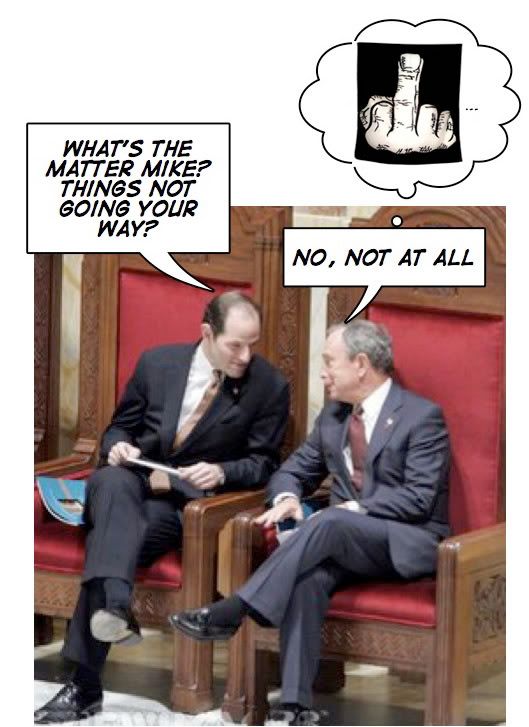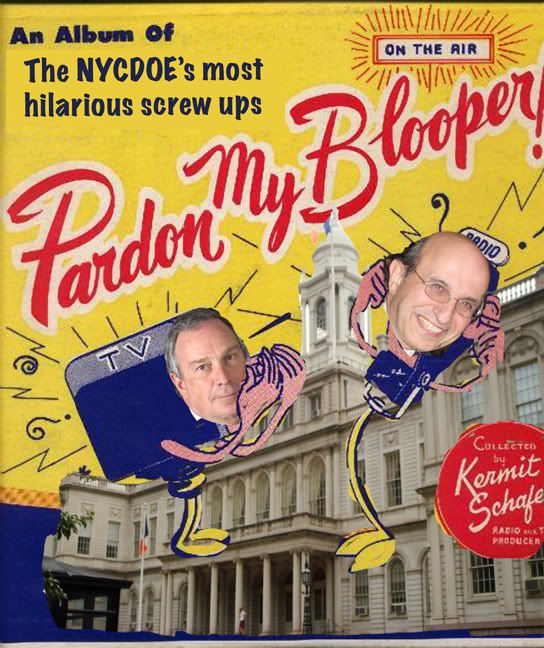An excerpt from the sweetscience
Benny Leonard: Ghetto Fabulous Ghetto Wizard
By Pat Putnam
“Benny Leonard moved with the grace of a ballet dancer and wore an air of arrogance that belonged to royalty.” – Dan Parker, NY sportswriter
The kid in the woolen underwear cut off at the knees and the badly scuffed gym shoes thought he looked like a fighter until he saw his opponent, a redheaded Irish fireplug named Joey Fogarty but called Shorty by everyone but his mother, who never called him anything but Joseph, except when she was angry, and then she called him Joseph Francis Xavier. A veteran of bootleg boxing at the Silver Heel Club on the squalid lower East Side of New York City, Fogarty entered the club’s jury-rigged ring wearing Kelly green swimming trunks, the kind that drooped over the knees; a sash made from pink netting from a crate of oranges, wrapped twice around his waist and tied with a huge bow in the back; and a pair of old skating shoes, which, if you did not look too closely, offered the appearance of boxing shoes. Fogarty had surreptitiously lifted the shoes from the cold water flat of the boyfriend of his older sister, Maureen.
“Geez, look at John L. Sullivan hisself,” Rusty Grogan said to little Benjamin Leiner, who was studying his resplendent ring rival with narrowed eyes.
“I know that little rat,” snarled Leiner. “He runs with that Sixth Street Irish gang that used to beat up on me.”
For the opening decade of his life, before his Russian immigrant parents, Jacob and Minnie Leiner, moved the family to Harlem to be nearer Jacob’s tailor shop, Benjamin lived in an Orthodox Jewish neighborhood on Eighth Street, hard by Second Avenue and two long blocks from the home turf of Fogarty and his fellow Hibernian hooligans. A public bathhouse straddled the bottom of the narrow cobblestone street. Years later, Leiner, by then recognized as Benny Leonard, the lightweight champion, said: “We had Italians to the south and Irish to the north and they were always passing through our neighborhood on the way to the baths. You had to stay in the house or you had to fight the Italian and Mick kids as they came through.”
When there was snow on the streets, the ethnic neighborhood gangs battled with snowballs packed tightly around pieces of coal, soaked with water, and frozen until as hard as cannon balls. Other times, they fought with baseball bats and bare fists, with bicycle chains and loaded canes and broken bottles. Leonard said they were the hardest fights of his life, “and many a kid, Jew, Italian and Irish, suffered permanent injury.”
There is as much fable as fact to the biographies of Leonard, but one thing that everyone appears to agree on is that it was the brothers Max and Joe Dornholz, Benny’s uncles on his mother’s side, who found their 11-year-old nephew bruised and bloodied a few moments after another one-sided battle against either the Italians or the Irish, and, after cleaning the little fellow up, hustled him off to a gym, where he received instruction in the proper fashion to bust some poor fellow’s nose.
“Benny,” Max, the largest of the uncles, told the willing youngster, “if you are going to fight, it is best if you learn how to use your fists. There may not always be an iron pipe handy.”
“Right,” said Joe, the oldest Dornholz brother, “but just don’t tell your mother and father that it was our idea.”
Unlike the Jews of New York in the early 1900s crammed, sometimes 15 to a room, into cheerless cold-water tenements on New York’s East Side, the Dornholz brothers found no shame in boxing. “Where is it written that Jews cannot be fighters?” said Max. They were in the minority. Their people were Orthodox; the men bearded and the women, as the Ribalow’s wrote in Jews in American Sport, “properly humble.” Strict Orthodox teachers, most often the local rabbi, educated the children, who honored and obeyed parents as their mothers and fathers had honored and obeyed parents in the old country. Rarely did one of the youngest generation step beyond the pale to become a fighter or, Abraham forbid, an actor or actress, and when that happened, the elders sighed and blamed each fresh moral failure on the new fast life of America that was making life difficult for “the real Jews.”
That not more fled their harsh surroundings for the uncertainties of the ring or stage is a tribute to the immigrant parents that hammered the moral codes of the old countries into their young almost from the first breath. Shortly after 1910, a year before Benny had his first professional fight, a report issued by New York City officials estimated that within the square mile of the lower East Side where the Leiner’s lived there were more than several hundred brothels, as many pool halls, twice that number of bars, and, according to the NYPD, more than 300 gang hangouts. In Patrick Downey’s Gangster City, a history of the New York underworld over the first 35 years of the 20th century, the Lower East Side of Manhattan was labeled the greatest breeding ground for gunmen and gangsters this country has ever seen. The same area that produced the Benny Leonards and Al Jolsons, produced the Buchalters and Anastasias and Releses of Murder Incorporated.












